 Yesterday, in a very small village in the French Alps, I ran across this fascinating bread vending machine. It made me think about other encounters with not-so-common machines such as a book delivery system in Seoul:
Yesterday, in a very small village in the French Alps, I ran across this fascinating bread vending machine. It made me think about other encounters with not-so-common machines such as a book delivery system in Seoul:
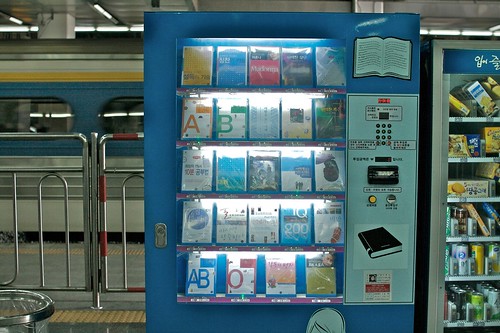
Or this pr0n vending machine in Torino:
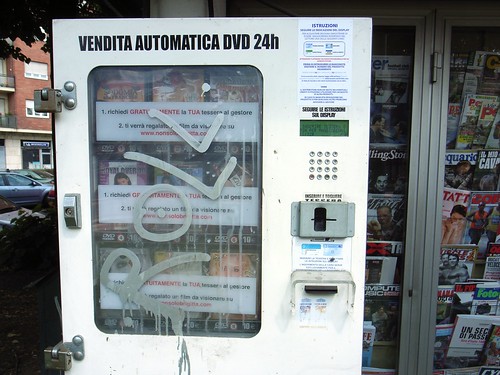
And the camera/umberall combo in Bergen, Norway:
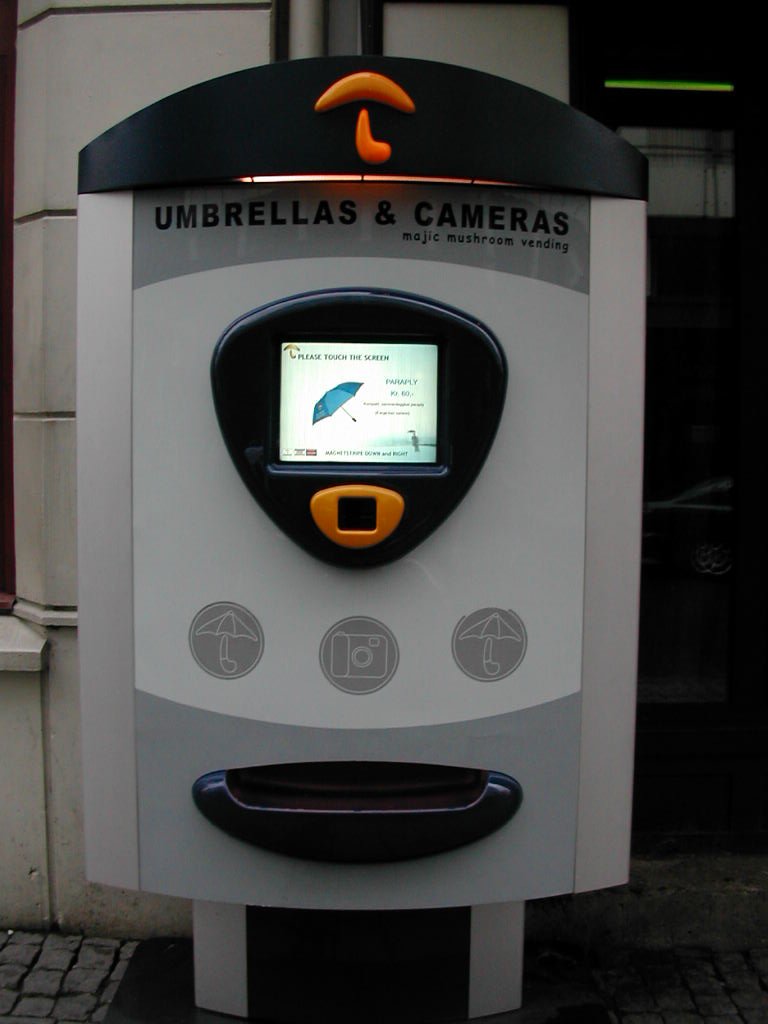
Why do I blog this? Looking at what is sold in vending machine is an interesting cultural indicator that it's always refreshening to observe. It says something about convenience and what is "acceptable" to be served by a non-humans.
In the French "bread" case, an naive observer would say that it's the end of the world and no French people wants its bread to be delivered in such a mechanized way. To these, I would say that: (1) The French are definitely used to this sort of weird machinery: pizza making devices on parking lots started to appear here and there, (2) It's not because it's a machine that the bread is bad. You can't see it in the picture above but the bread pieces are wrapped in typical french paper, and the presence of flour in the machine makes it certainly more baker-like.
In addition, the understanding of such devices is tightly related to contextual issues. You don't find these machines anywhere. The camera/umbrella one in Norway is present in a touristic area (where rain is sadly common), the porn machine is located in a gloomy suburb in Torino (where other forms of newspaper shops are absent or much too difficult to visit with this kind of literature), the bread machine is located in a place where shops are totally absent and it can be used by people form the neighborhood (as a dropping point).
Now, why is this important in a blog about interaction design? Simply because these machines are designed by people... who certainly need to understand human needs, contextual issues, technological constraints and business model problems. They seem blank and not interesting but I actually find them intriguing.

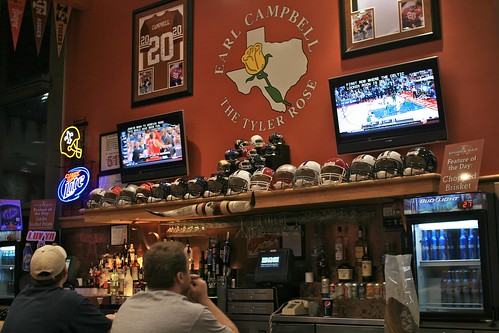 Stuck at the airport in Austin the other day, I couldn't help being fascinated by the three TVs in a café. Each of them was on a different program (news + sport 1 + sport 2) and the sounds of each channel was mixed with the background noise of the place (+ music). The different device sit there all day and broadcast their message continuously.
Stuck at the airport in Austin the other day, I couldn't help being fascinated by the three TVs in a café. Each of them was on a different program (news + sport 1 + sport 2) and the sounds of each channel was mixed with the background noise of the place (+ music). The different device sit there all day and broadcast their message continuously.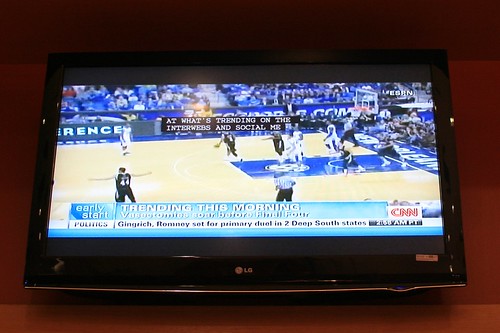 "... at what's trending on the interwebs and social me..." says the CNN person.
"... at what's trending on the interwebs and social me..." says the CNN person.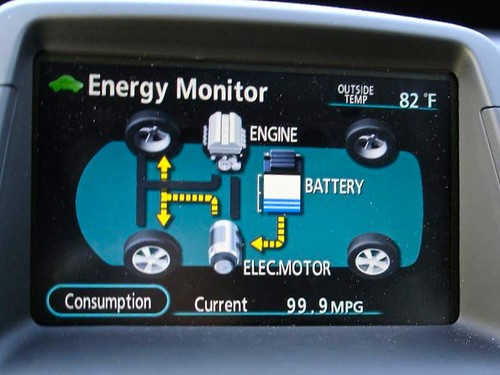

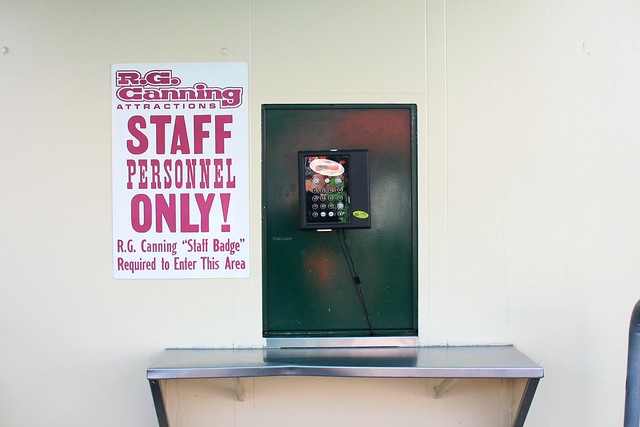


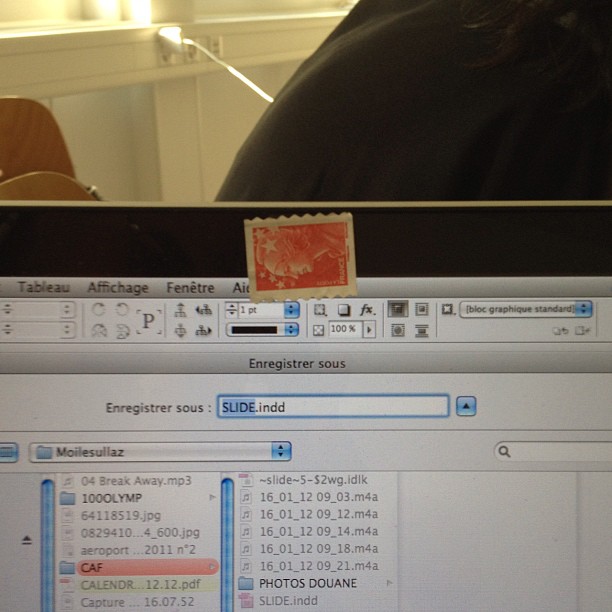 Observed on one of my student's laptop. He told me that he "did not want to be observed" (nor he wanted his laptop to be controlled from elsewhere). Which is why he he put a (French) stamp ("easy to remove", he told me) on the camera.
Observed on one of my student's laptop. He told me that he "did not want to be observed" (nor he wanted his laptop to be controlled from elsewhere). Which is why he he put a (French) stamp ("easy to remove", he told me) on the camera. A fascinating interface design seen yesterday in Lausanne. Although the aesthetical quality of this is a bit weird, I am fascinated by the way the physical metaphor is employed here.
A fascinating interface design seen yesterday in Lausanne. Although the aesthetical quality of this is a bit weird, I am fascinated by the way the physical metaphor is employed here. Seen yesterday in London. I like the evocative and colorful visual, especially on this phone booth. They look like sifteo-turned-into-stickers.
Seen yesterday in London. I like the evocative and colorful visual, especially on this phone booth. They look like sifteo-turned-into-stickers.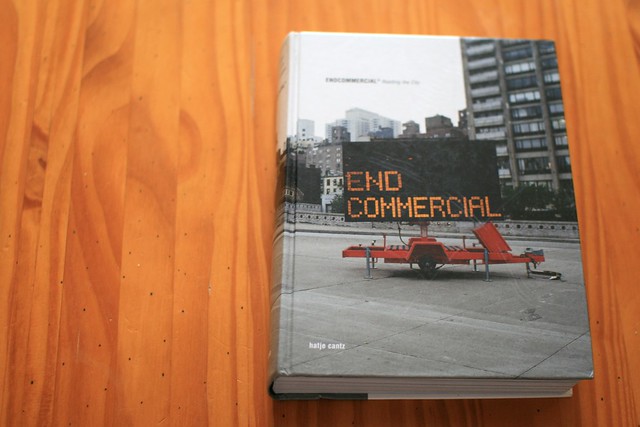
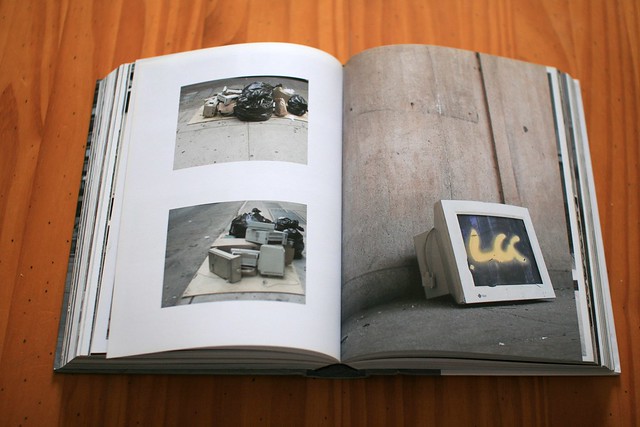


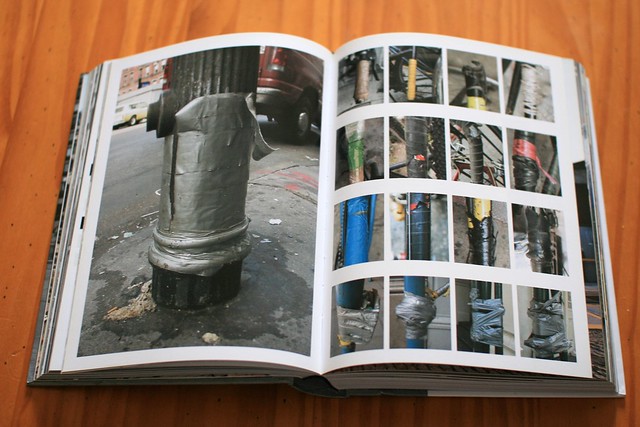
 Why do I blog this? Giving lectures here and there about user experience, it's good to have such kind of examples to show the tendency people have to repurpose standard artifacts for other needs.
Why do I blog this? Giving lectures here and there about user experience, it's good to have such kind of examples to show the tendency people have to repurpose standard artifacts for other needs. It took 20 years to (finally) see a
It took 20 years to (finally) see a 
 Why do I blog this? I'm not sure "Ubiquitous computing" was supposed to mean this kind of QR code pervasive presence, but hey...
Why do I blog this? I'm not sure "Ubiquitous computing" was supposed to mean this kind of QR code pervasive presence, but hey...
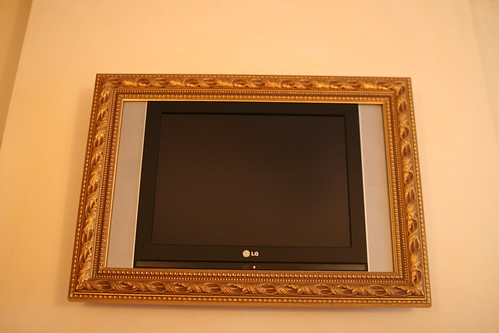
 Although it's hard to see on this picture taken in Marseille last week, it represents the maximum distance between two persons using the same iPhone headset.
Although it's hard to see on this picture taken in Marseille last week, it represents the maximum distance between two persons using the same iPhone headset.  A chalk map found on a wall in Paris last Monday. An interesting example of a temporary object employed for specific purposes.
A chalk map found on a wall in Paris last Monday. An interesting example of a temporary object employed for specific purposes.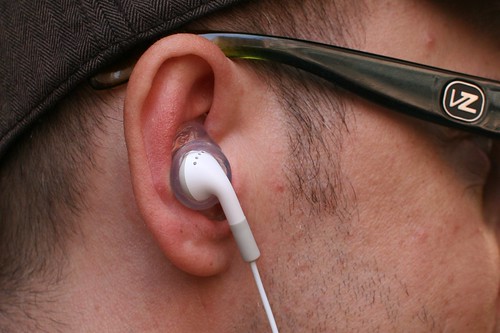
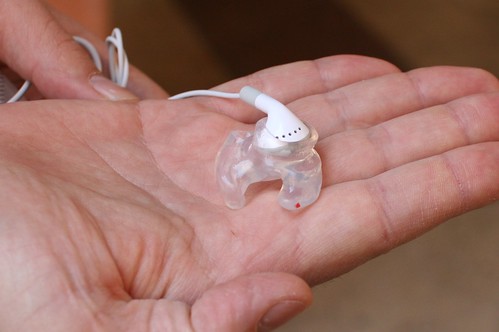
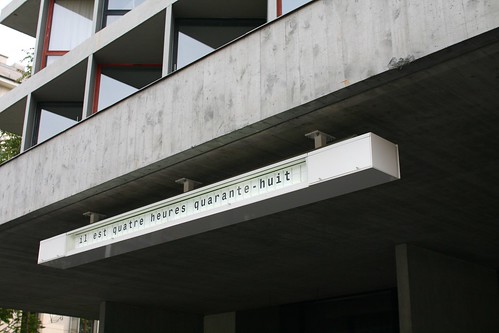
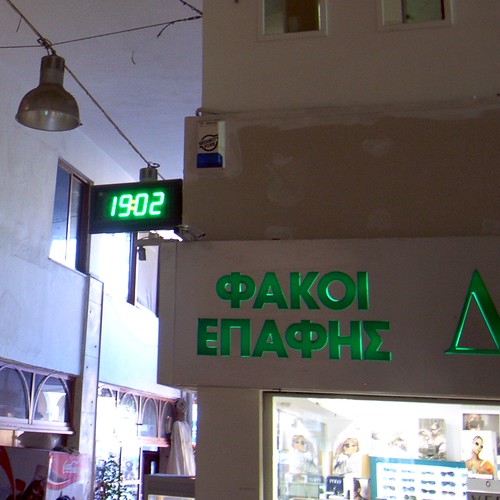
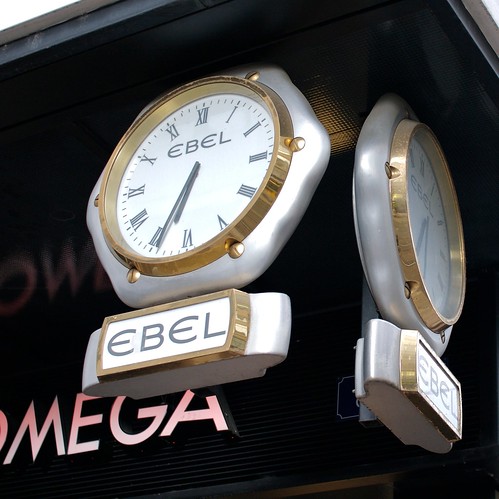
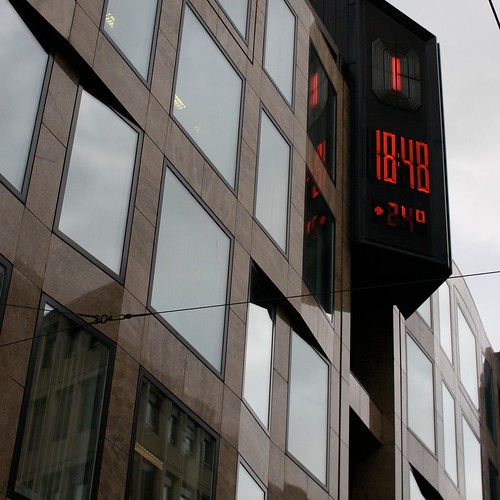
 The ubiquitous presence of cell phone towers in urban and rural landscapes have led to protestation against their visual presence (the ugly mast/transmitter aesthetics) and their electromagnetic waves (which are invisible). A side-effect of people's "need" for uninterrupted connectivity, the design and building of phone towers is now influenced by various strategies. One of them consist in the use of camouflage techniques... and obviously the "natural" metaphor plays an important role here, as attested by these examples encountered in Lipari, Sicily last week.
The ubiquitous presence of cell phone towers in urban and rural landscapes have led to protestation against their visual presence (the ugly mast/transmitter aesthetics) and their electromagnetic waves (which are invisible). A side-effect of people's "need" for uninterrupted connectivity, the design and building of phone towers is now influenced by various strategies. One of them consist in the use of camouflage techniques... and obviously the "natural" metaphor plays an important role here, as attested by these examples encountered in Lipari, Sicily last week.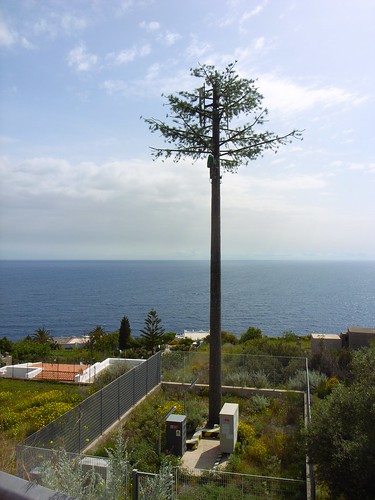


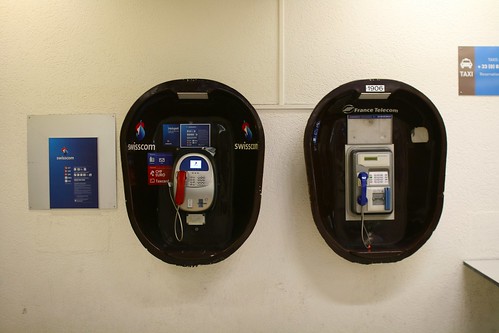 There's this part of the airport in Geneva that has this fascinating setting. Several remarks:
There's this part of the airport in Geneva that has this fascinating setting. Several remarks: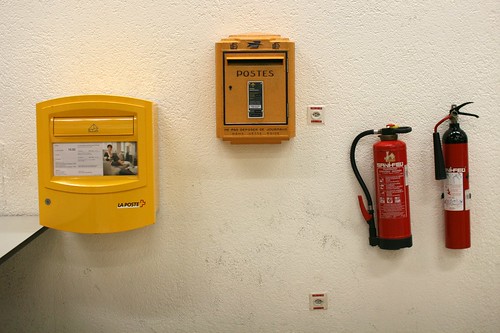
 (A courier in Seoul who make gestures when using his mobile phone)
(A courier in Seoul who make gestures when using his mobile phone) Yesterday, I went to a small village in Savoy, France. This was a good opportunity to take a picture of these two forms of signage that are pervasive in this country. On the one hand, you have the common "
Yesterday, I went to a small village in Savoy, France. This was a good opportunity to take a picture of these two forms of signage that are pervasive in this country. On the one hand, you have the common "